vue3技巧@拼接目录、teleport等与新增功能
实用的内置组件
teleport
teleport是vue3新增的内置组件,作用是制定某些组件渲染到哪些部分
to="body" 意思就是playlist组件渲染到body组件下适用于全屏类以及弹层类组件
<template>
<teleport to="body">
。。。
</teleport>
</template>阻止冒泡
<div @click.stop></div>如果在外层阻止,则不需要任何回调,例如:
<div
@click="hide"
>
<div class="list-wrapper" @click.stop>
<i class="icon"
@click.stop="changeMode"
></i>
</div>
</div>如果在list-wrapper上加stop那么list-wrapper里面的元素上的点击事件都可以去掉stop了,因为在父元素层就阻止了,不会冒泡到最外层
transition-group
<transition-group ref="listRef"
name="list"
tag="ul"
>
<li @click="delete">...</li>
</transition-group>.list-enter-active, .list-leave-active {
transition: all 0.3s;
}
.list-enter-from, .list-leave-to {
height: 0 !important;
}这里delete实现的效果是当列表中元素被删除的时候,被删除的Li的高度逐渐变为0。
transition-group可以给其中的元素添加动画
组件传递布尔类型的props
// 在child组件中:
props: {
// 如此设置默认就是false
rank:Boolean
}
// 在父组件使用时,直接写rank那么就是代表传入的rank是true了
<child rank></child>@指向src目录+require实现动态拼接
在Vue项目中,如果你想引用src目录下其他路径的图片,你可以使用相对路径或者绝对路径。
你有一个图片位于src/assets/images文件夹下,你可以这样引用它:
<img src="@/assets/images/your-image.png" alt="Your Image">@是一个别名,通常在Vue项目中配置为src目录的别名,这样可以确保无论在何处引用src目录下的资源时都使用相同的路径。
vue3中无需配置,仅做记录
const path = require('path');
module.exports = {
configureWebpack: {
resolve: {
alias: {
'@': path.resolve(__dirname, 'src')
}
}
}
};但是,@如果在字符串动态拼接中使用,就会有问题,浏览器会直接将@渲染出来,而不会去解析它。
<img :src="`@/assets/images/${yourImage}`" alt="Your Image">用计算属性也不行
<img :src="imgSrcPath">
computed: {
imgSrcPath() {
return '@/assets/lawyer-png.png';
}
}这时候就要使用require了,去实现动态的拼接
imgSrcPath() {
return require('@/assets/lawyer-png.png')
} imgSrcPath() {
return require(`@/assets/${this.imgSrc}`)
}
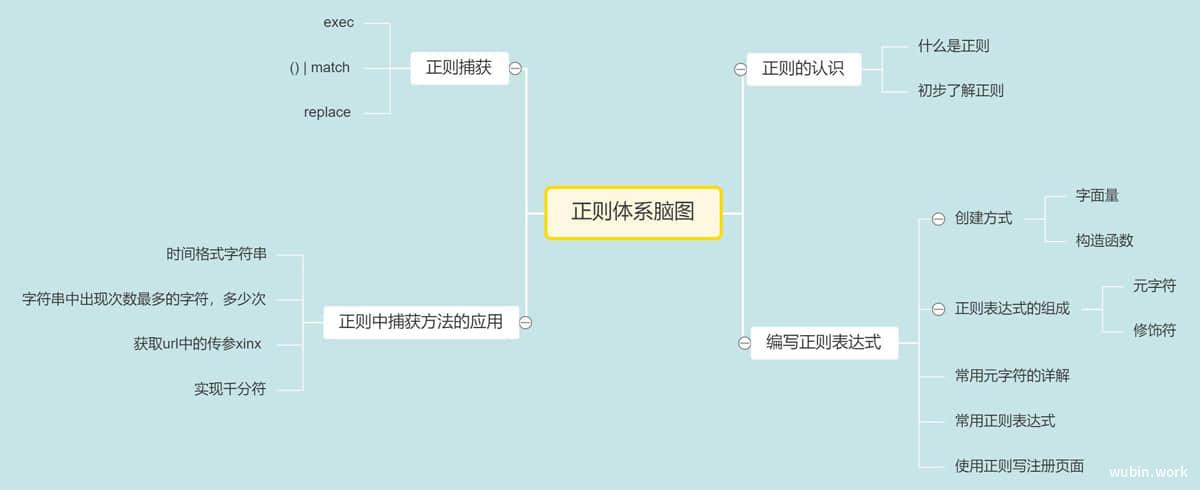
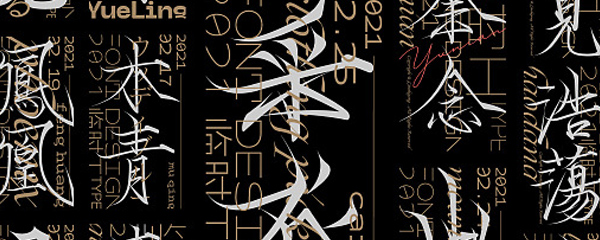
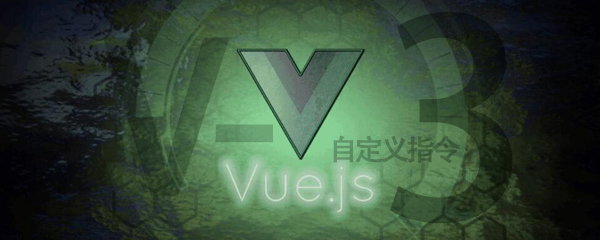

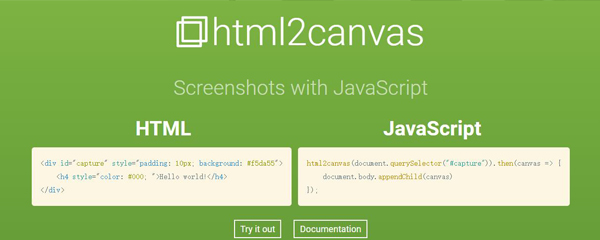
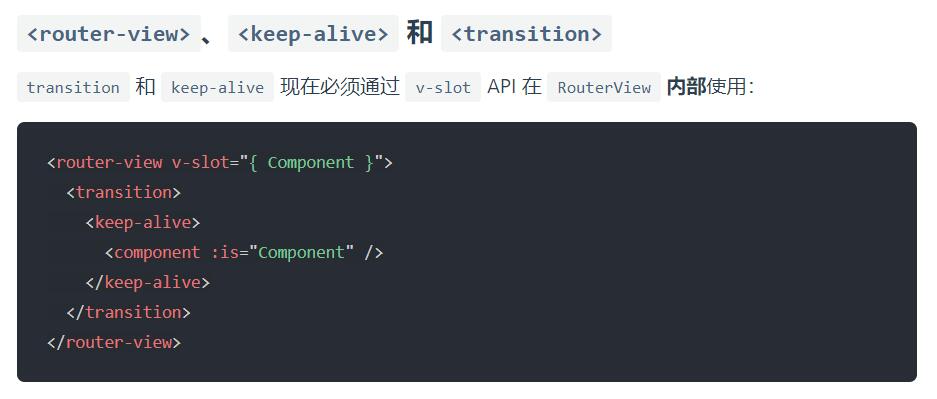



 目录
目录